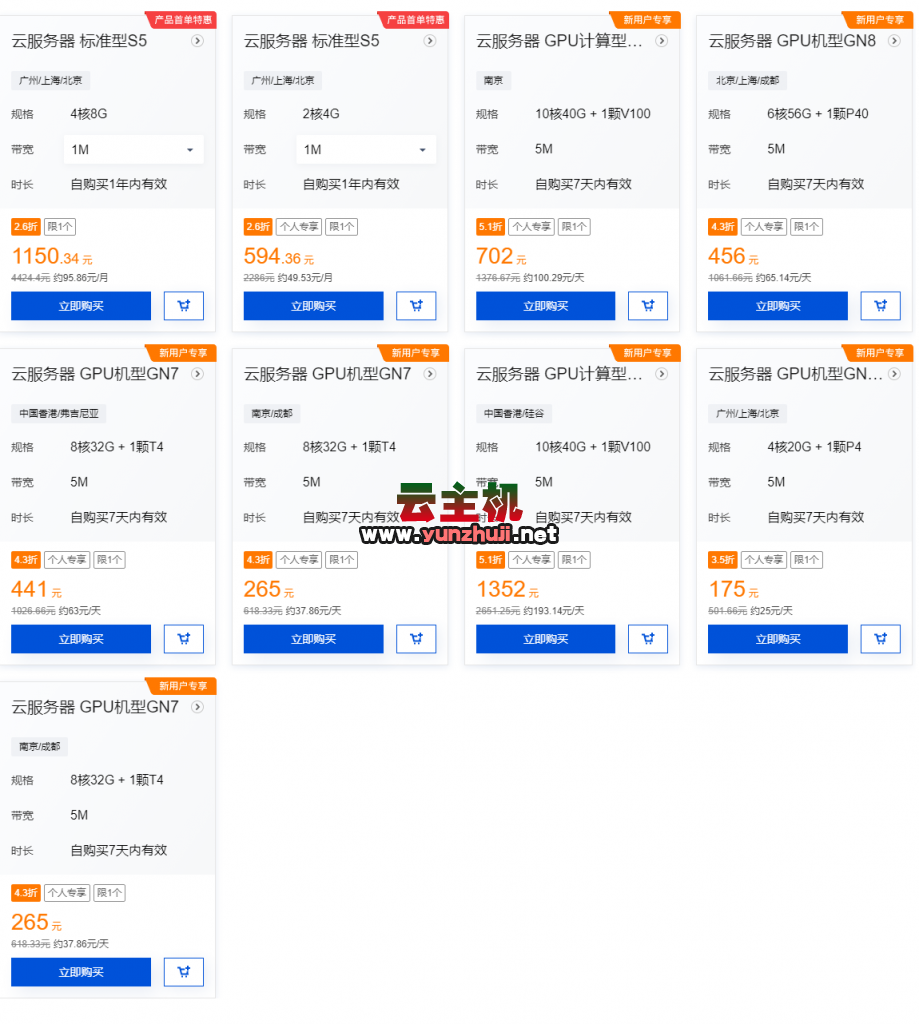Python是一种广泛使用的高级编程语言,其设计哲学强调代码的可读性和简洁的语法,Python支持多种编程范式,包括面向对象、命令式、函数式和过程式编程,Python的语法允许开发者用更少的代码行表达想法,相比其他语言,如C++或Java,让代码更加清晰和易于阅读。
(图片来源网络,侵删)在人工智能(AI)领域,Python已经成为了首选的语言,它有许多强大的库和框架,如TensorFlow、Keras、PyTorch等,可以帮助开发者快速构建和训练复杂的机器学习模型。
本文将通过一些实例来展示如何使用Python进行AI编程。
1. 使用TensorFlow进行图像分类
我们需要安装TensorFlow库,可以使用pip命令进行安装:
pip install tensorflow
我们可以使用以下代码来加载一个预训练的模型,并对图像进行分类:
import tensorflow as tf
from tensorflow.keras.preprocessing import image
from tensorflow.keras.applications.resnet50 import ResNet50, preprocess_input, decode_predictions
加载预训练模型
model = ResNet50(weights='imagenet')
加载图像
img_path = 'elephant.jpg' # 图像路径
img = image.load_img(img_path, target_size=(224, 224))
x = image.img_to_array(img)
x = np.expand_dims(x, axis=0)
x = preprocess_input(x)
进行预测
preds = model.predict(x)
输出预测结果
print('Predicted:', decode_predictions(preds, top=3)[0]) 2. 使用Keras进行文本生成
我们需要安装Keras库,可以使用pip命令进行安装:
(图片来源网络,侵删)pip install keras
我们可以使用以下代码来创建一个文本生成模型:
from keras.models import Sequential
from keras.layers import Dense, LSTM, Embedding
from keras.preprocessing.text import Tokenizer
from keras.preprocessing.sequence import pad_sequences
import numpy as np
import random
import sys
sys.setrecursionlimit(10000)
准备数据
text = open('sample.txt').read()
tokenizer = Tokenizer()
tokenizer.fit_on_texts([text])
total_words = len(tokenizer.word_index) + 1
input_sequences = []
for line in text.split('
'):
token_list = tokenizer.texts_to_sequences([line])[0]
for i in range(1, len(token_list)):
n_gram_sequence = token_list[:i+1]
input_sequences.append(n_gram_sequence)
max_sequence_len = max([len(x) for x in input_sequences])
input_sequences = np.array(pad_sequences(input_sequences, maxlen=max_sequence_len, padding='pre'))
X, y = input_sequences[:,:1],input_sequences[:,1]
y = tf.keras.utils.to_categorical(y, num_classes=total_words)
print('Input sequences shape:', input_sequences.shape)
print('Padded input sequences shape:', X.shape)
print('Output shape:', y.shape) 代码首先对文本进行了分词处理,然后构建了一个序列模型,最后对输入序列进行了填充处理,这样我们就可以使用这个模型来生成新的文本了。
FAQs
Q1:Python在AI领域的应用有哪些?
A1:Python在AI领域的应用非常广泛,包括但不限于机器学习、深度学习、自然语言处理、计算机视觉等,Python有许多强大的库和框架,如TensorFlow、Keras、PyTorch等,可以帮助开发者快速构建和训练复杂的AI模型,Python的语法简单明了,易于学习和使用,使得它在AI领域得到了广泛的应用。
Q2:如何使用Python进行文本生成?
A2:使用Python进行文本生成通常需要以下步骤:我们需要准备一些文本数据;我们需要对这些文本数据进行预处理,如分词、去除停用词等;我们可以使用一些深度学习模型,如循环神经网络(RNN)、长短期记忆网络(LSTM)等,来训练我们的模型;我们可以使用训练好的模型来生成新的文本,在Python中,我们可以使用Keras库来进行这些操作。
(图片来源网络,侵删)您的要求不完全清楚,如果您是想要一个包含Python AI编程中的编程实例的介绍,下面是一个简单的例子,假设我们想要列出几种不同的机器学习算法和它们在Python中的简单实现。
下面是一个简化的介绍示例,展示如何用Python编写不同AI编程实例:
| 算法名称 | 库/框架 | 编程实例 |
| 线性回归 | scikitlearn | from sklearn.linear_model import LinearRegression |
| 逻辑回归 | scikitlearn | from sklearn.linear_model import LogisticRegression |
| 决策树 | scikitlearn | from sklearn.tree import DecisionTreeClassifier |
| 神经网络 | tensorflow | import tensorflow as tf |
| 支持向量机(SVM) | scikitlearn | from sklearn.svm import SVC |
| K最近邻(KNN) | scikitlearn | from sklearn.neighbors import KNeighborsClassifier |
请注意,在实际代码中,你需要定义X(特征数据),y(标签数据),并且可能需要处理其他预处理步骤,例如数据缩放、分割训练集和测试集等。
介绍中只包含了非常基础的代码片段,用于展示模型创建和拟合(训练)的基本步骤,在实际应用中,您还需要包括模型评估、超参数调整、交叉验证等步骤,以上代码示例假定你已经安装了对应的库(如scikitlearn和tensorflow)。

 云主机测评网
云主机测评网














最新评论
本站CDN与莫名CDN同款、亚太CDN、速度还不错,值得推荐。
感谢推荐我们公司产品、有什么活动会第一时间公布!
我在用这类站群服务器、还可以. 用很多年了。